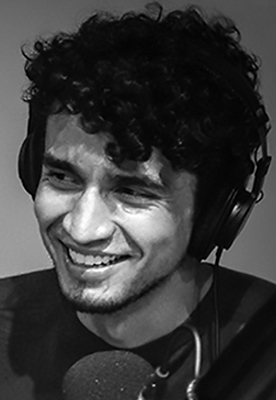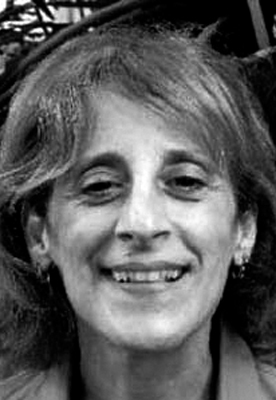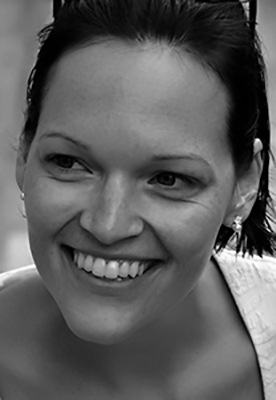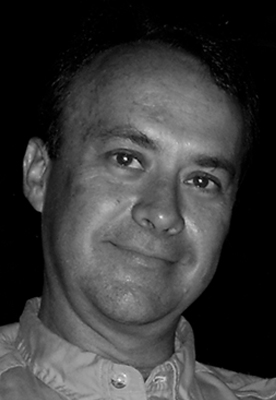37. Concordia Language Villages: Waltzing with Mops, and Other Adventures
In our continuing series of dual language summer immersion programs, in Episode 37 of the America the Bilingual podcast, we learn what it means to “live the language” at Concordia Language Villages—from learning opera in Italian, soccer in German, volleyball in Spanish, and French while waltzing with mops.
Concordia has become famous over the past 50 years for language learning, and its campus in Bemidji, Minnesota, is one that Walt Disney might have approved of as part of his vision for EPCOT. Each EPCOT-like “village” at Concordia is hidden from view of the other villages, all of them nestled in wooded settings around a big lake. More important, each village is out of hearing range of the others. In these villages, English is rarely heard, nor is any other language but that spoken in the particular village—be that Danish, Korean, Arabic or something else.
The kids in the Village
Middlebury Language Schools, which we covered in Episode 35, are six- to eight-week sessions for college students and older adults. Rassias Center programs at Dartmouth College (Episode 36) are 10-day immersion experiences, also for college students and older adults.
Concordia, by contrast, is for younger language learners, usually ages 8 to 18, and is generally a two-week camp experience. Often students come back to their “village,” which is part of Concordia College, every summer for multiple years. All the summer programs provide excellent preparation for study abroad.
The magical kingdom of Concordia
One of the Concordia alumnae I had met earlier at a conference on language learning technologies was Raia Lichen, the founder of Language Lifestylist. She attended the two-week Spanish Language Village when she was in high school. She had already studied Spanish for three years in school.
“I was an excited language learner because early on I had dreams of fluency,” she told me. What’s more, learning Spanish helped her to be better at her first language of English.
“English was incredibly frustrating for me as an elementary-aged kid because I didn’t feel as fluent or literate as my peers, who all seemed to be voracious readers and confident spellers,” Raia said. “As a result of my struggles with the English language, I did not enjoy reading. But perhaps it was my difficulty with English that helped me develop a passion for Spanish and other languages in general.” Raia found it easier to read and write in Spanish.
Concordia was a summer dream come true during her high school years. Raia explained to me its magic, and once again I thought of how pleased Walt Disney might be about this magical kingdom of languages.
“The mistake we often make with language learning is that we tend to want to teach ourselves as we would program a computer,” she said. “We want to create very linear experiences to make it easier to explain and easier to understand. But lines only take us so far. The human brain is not two-dimensional. Our learning thrives tenfold in 3-D environments.”
This is what Concordia offers, Raia explained, and it results in a special kind of empathy. “You develop your ability to connect to the heart of a native speaker through curiosity and care for the words that are native to them.”
HEAR THE STORY
Listen on iTunes by clicking here: America the Bilingual by Steve Leveen on iTunes. Or on SoundCloud here. Steve comments on Twitter as well.
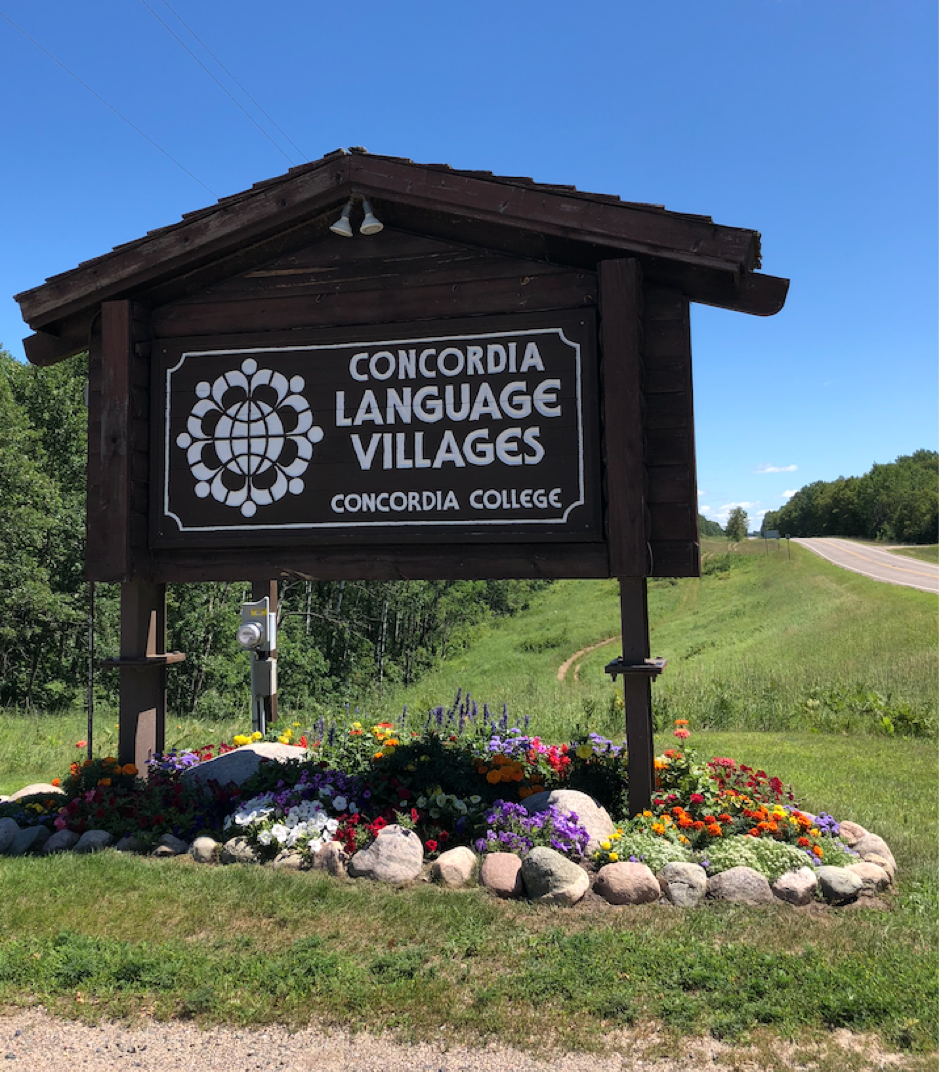
Walt Disney might have loved the dramatic setting that reveals each new world just around a bend in the road.
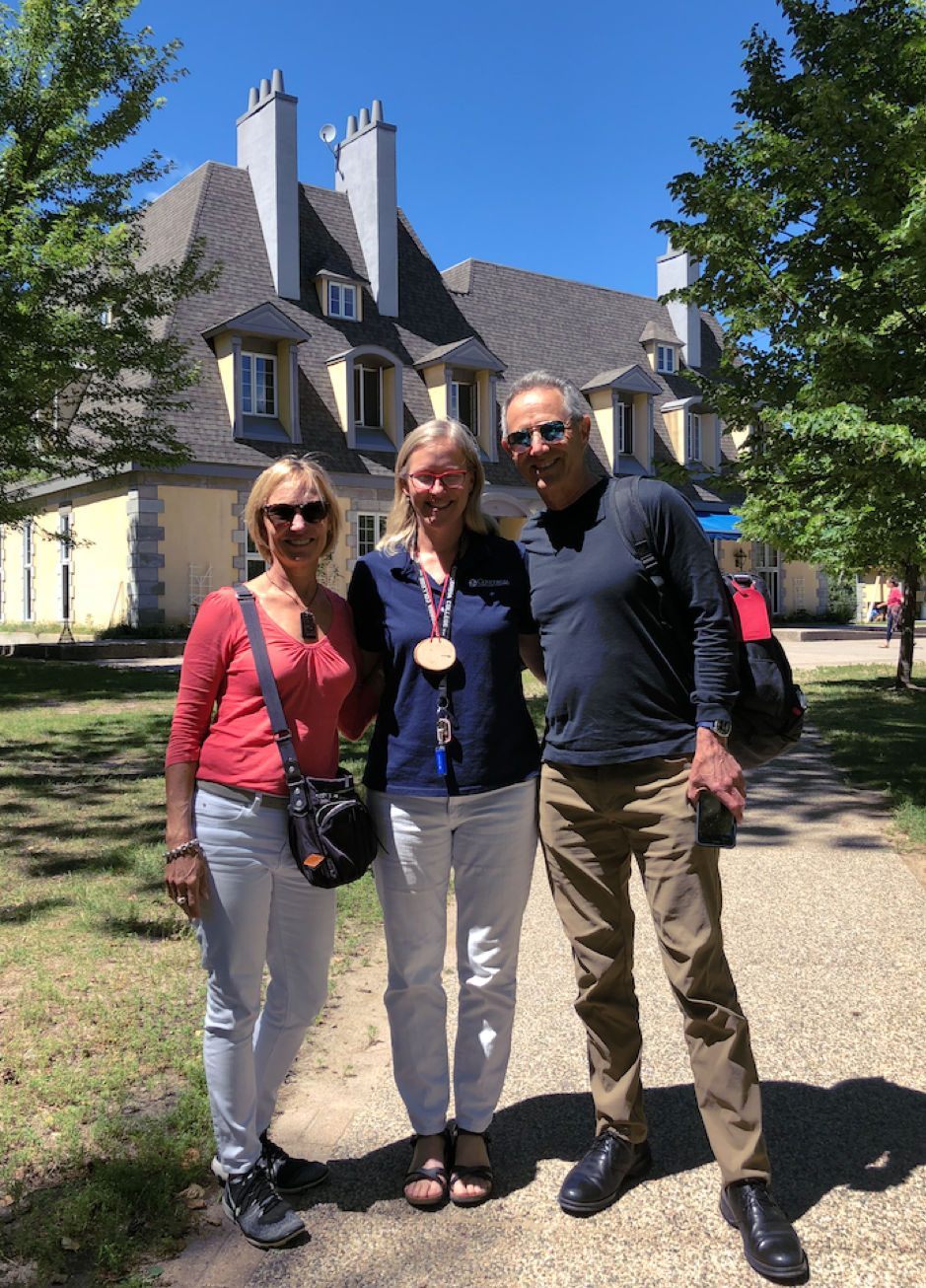
Jennifer “Charlotte” Speir (center) with Lori and Steve Leveen in front of Lac du Bois. (Listen to the episode to learn why Jennifer/Charlotte and others at the Villages have two different names.)
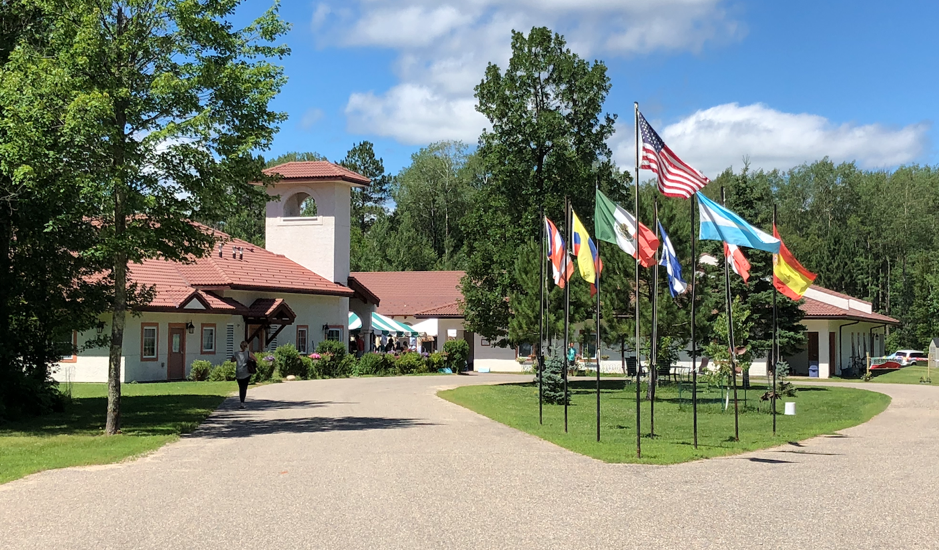
Approaching El Lago de Bosque, the Spanish Village
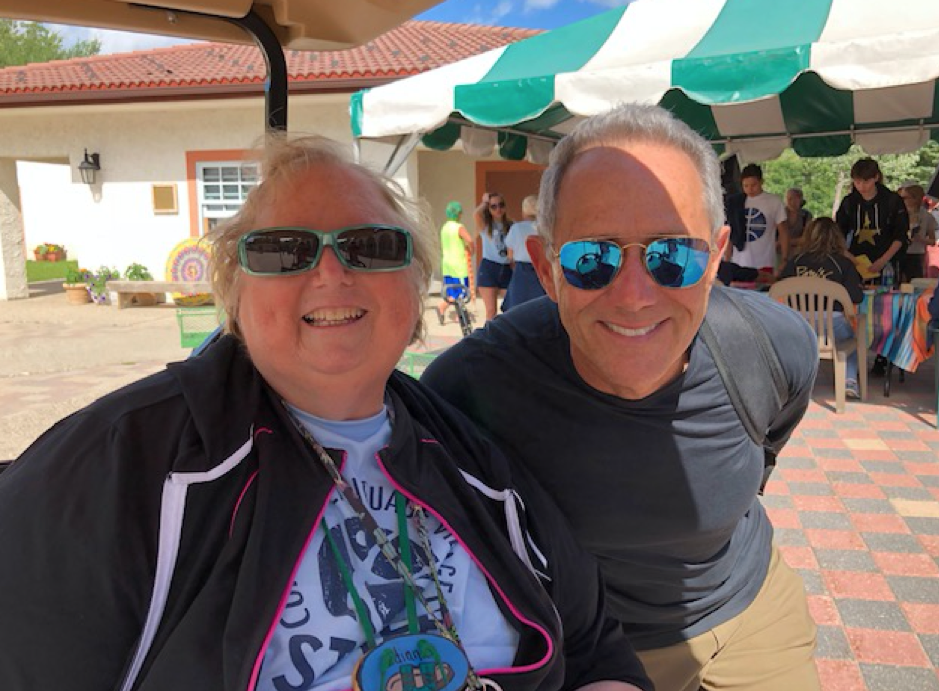
Diane “Diana” Tess, Dean of the Spanish Language Village El Lago del Bosque, with Steve
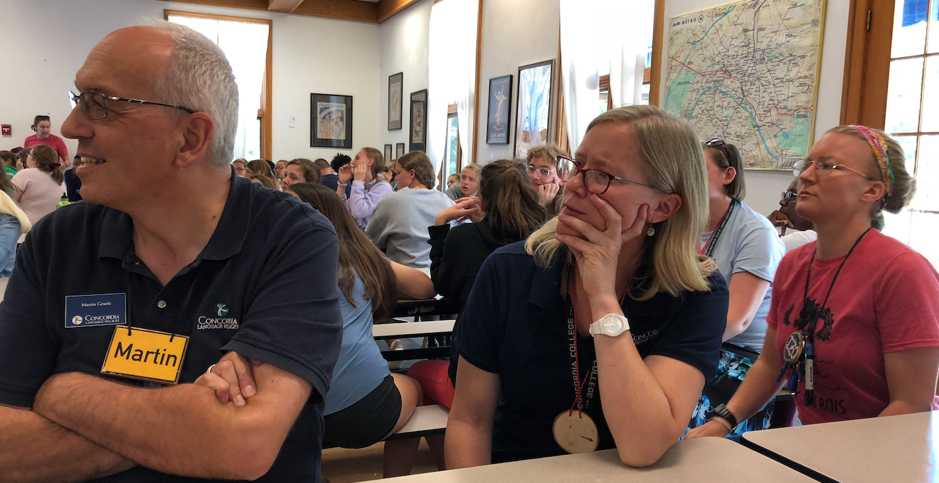
(L-R) Group Directors Martin Graefe and Jennifer “Charlotte” Speir and Curriculum Facilitator Julie “Izo” Ardis watch the announcements after lunch at the French Village.
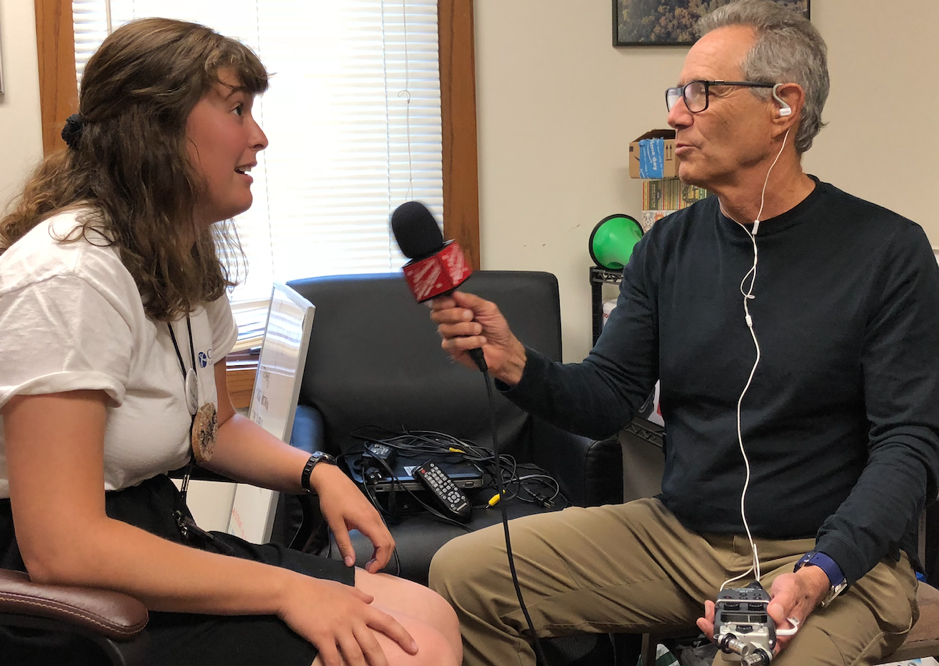
Former Villager and current curriculum facilitator Rachel “Raquel” Schaeffer talks about her upcoming year in Colombia as a Fulbright scholar.
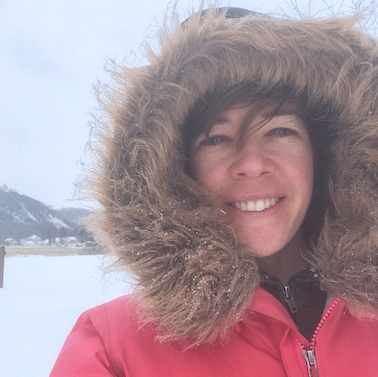
Alumna Raia Lichen says the Concordia method helps you “connect to the heart of a native speaker.”
Credits
The America the Bilingual podcast is part of the Lead with Languages campaign of ACTFL — The American Council on the Teaching of Foreign Languages.
This episode was written by me, Steve Leveen, and edited by Fernando Hernández, who also does our sound design and mixing. Associate Producer Beckie Rankin provided her fine field work, as always. Mim Harrison is our editorial and brand director for the America the Bilingual project. Graphic arts are created by Carlos Plaza Design Studio. Caroline Doughty is our social media maven. Daruma Tech powers the website.
Meet the team—including our bark-lingual mascot, Chet—here.
Support for the America the Bilingual project comes from the Levenger Foundation.
Special thanks to Dr. David Knutson, professor of Spanish at Xavier University in Cincinnati, Ohio; and to my wife, Lori, who traveled with me to Concordia and witnessed Waltzing with Mops.
Music in this episode, “Quasi Motion” by Kevin MacLeod, was used with a Creative Commons Attribution License. Our thanks to Epidemic Sound for helping us make beautiful music together.
If you like this episode, please share with a friend and subscribe on iTunes or wherever you listen to podcasts.
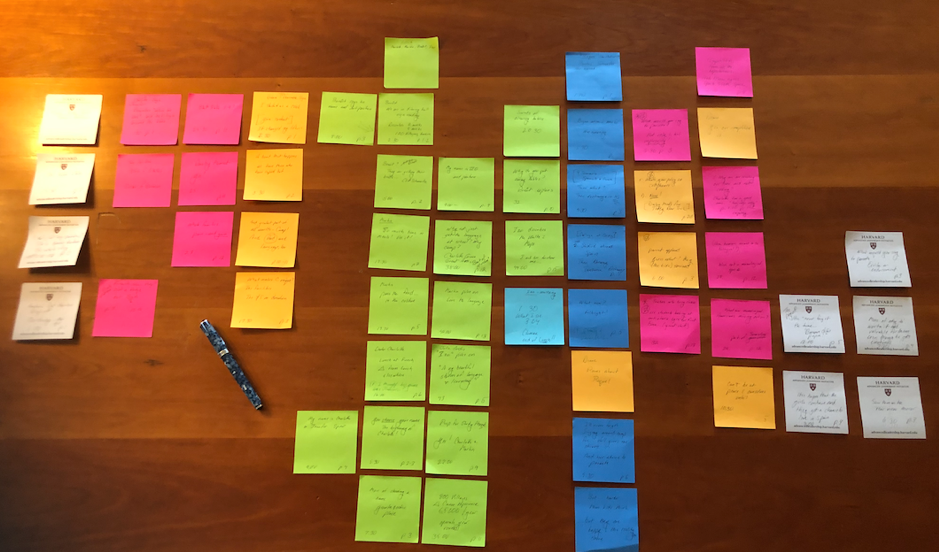
Storyboarding the script for Concordia Language Villages. Each color is a different interview session.
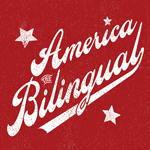
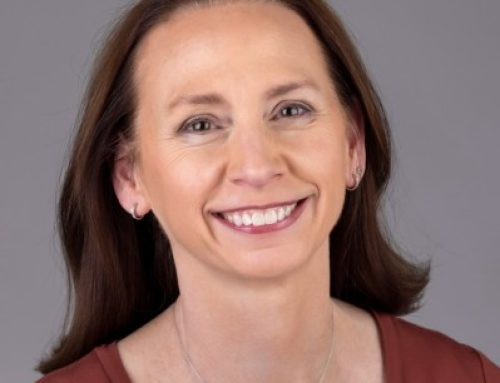
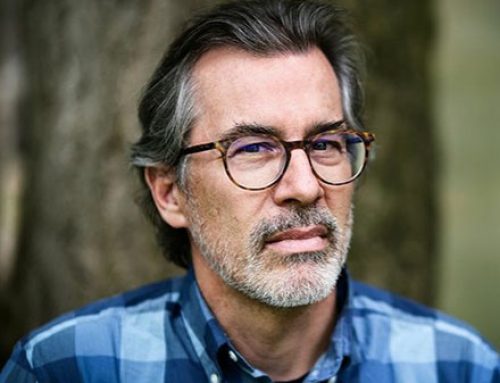
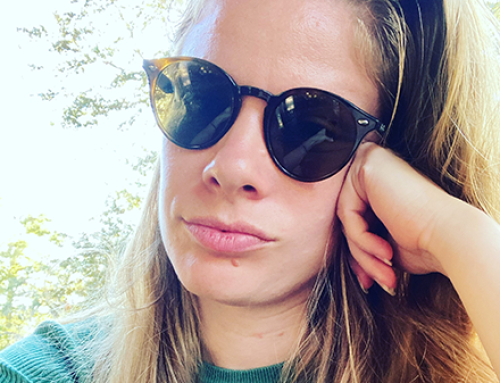
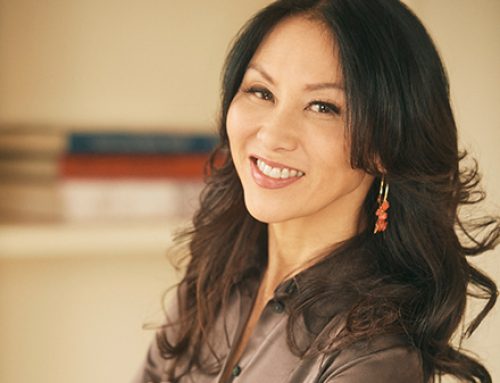
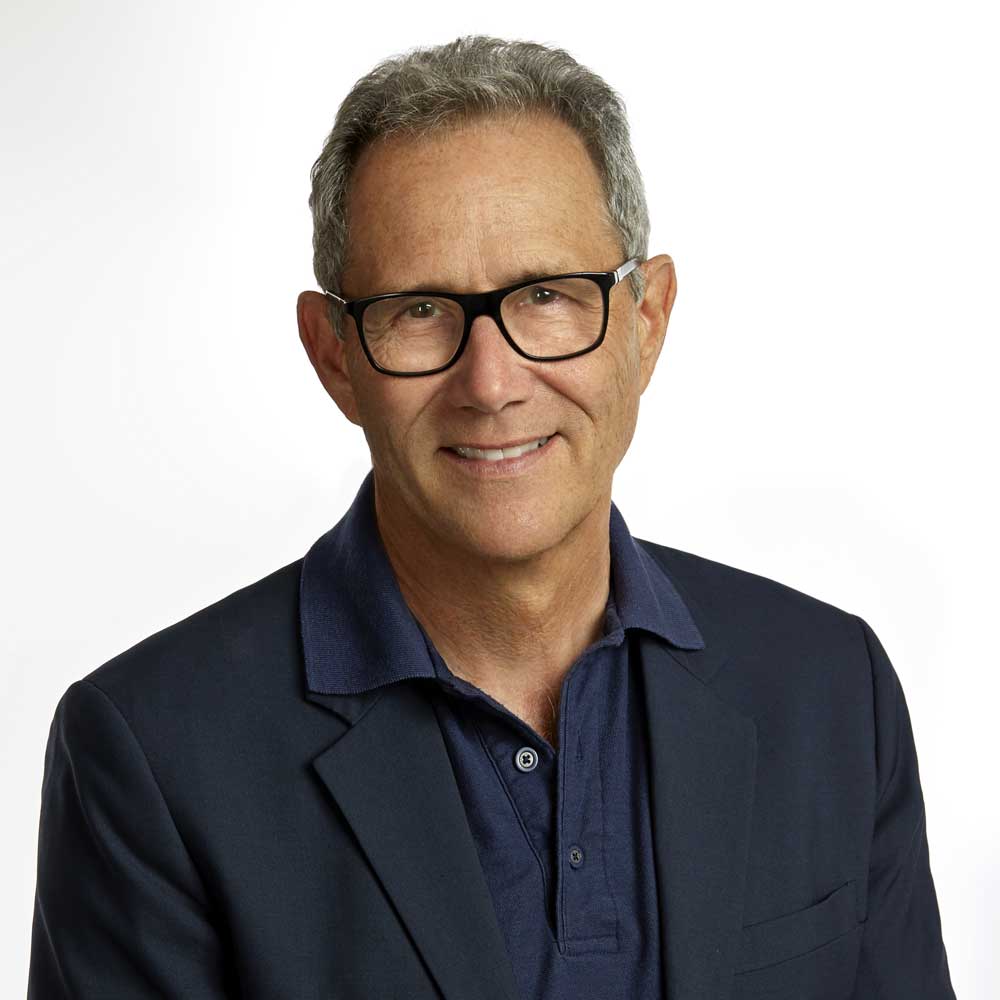 You can book Steve for many different audiences
You can book Steve for many different audiences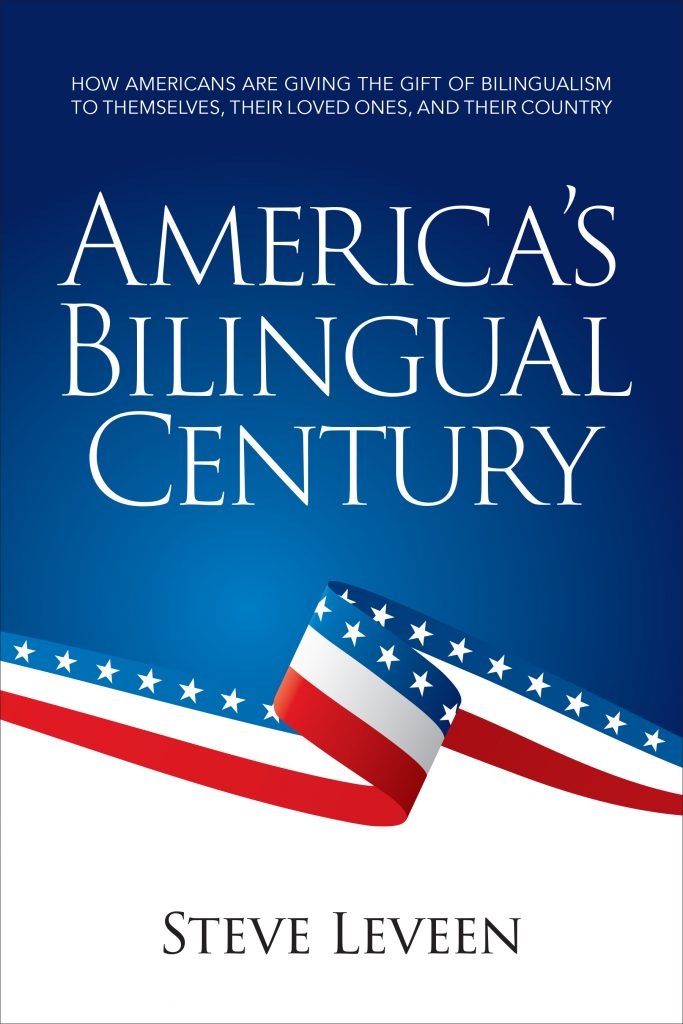
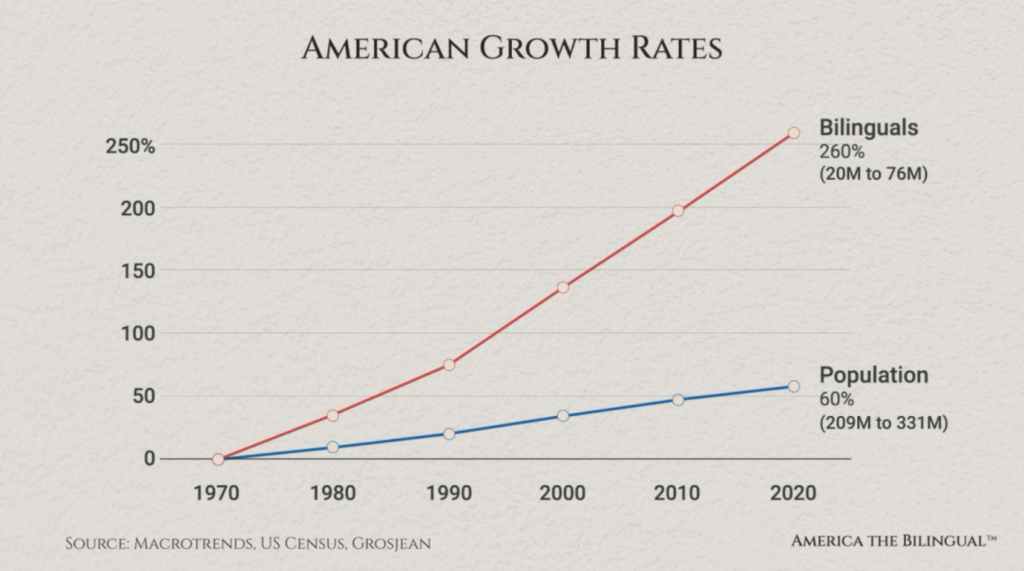
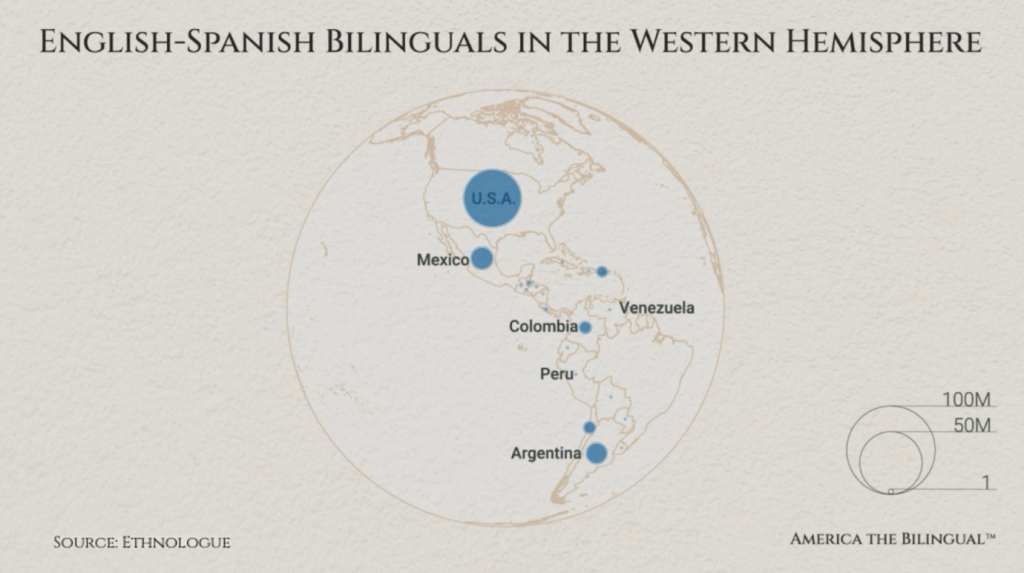
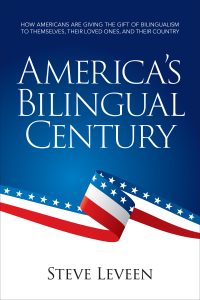
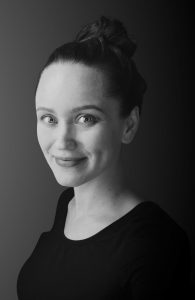
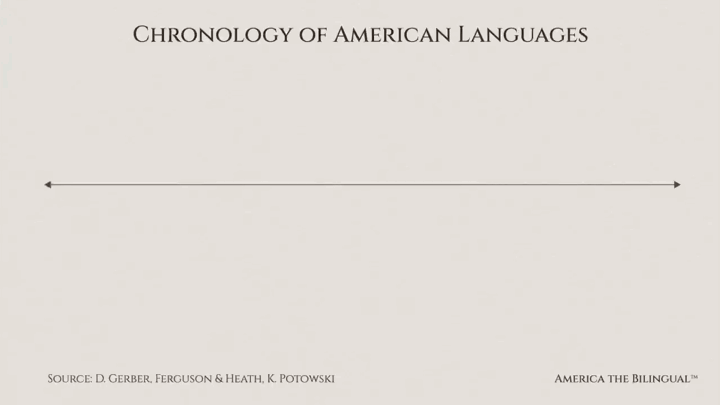


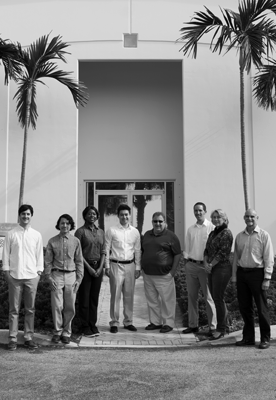
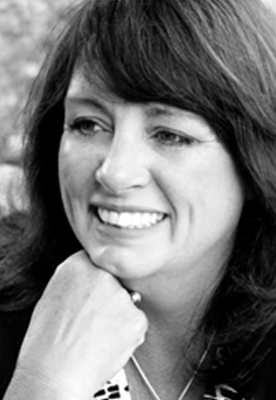 First, know that she has one of those glorious English accents (or what all of us who are not English would call an accent), which makes her a natural for the audio book narration that she does. Although U.S. born, Caroline grew up in England and studied literature at the University of Warwick (fyi for American ears: that second “w” is silent).
First, know that she has one of those glorious English accents (or what all of us who are not English would call an accent), which makes her a natural for the audio book narration that she does. Although U.S. born, Caroline grew up in England and studied literature at the University of Warwick (fyi for American ears: that second “w” is silent).